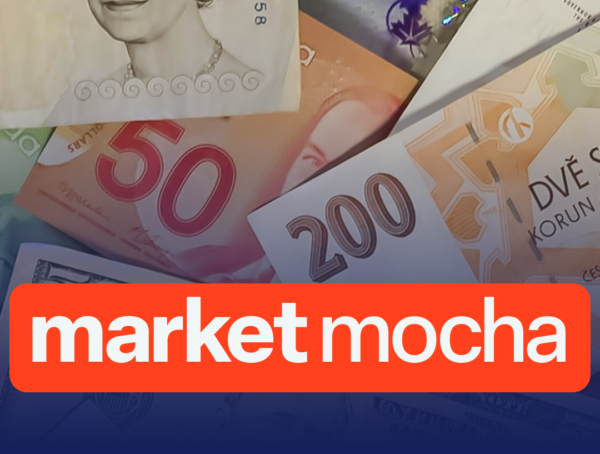Investors are bracing for a potentially volatile October, as historical data indicates increased market fluctuations during this period. Several factors contribute to this heightened volatility, including the looming Federal Reserve interest-rate decision, the start of a crucial earnings season, and the rising possibility of a US government shutdown. Adding to these concerns, Goldman Sachs Group’s derivatives team highlights that historical price swings in the S&P 500 Index have been significantly greater in October compared to other months since 1928.
According to John Marshall, head of derivatives research at Goldman Sachs, October’s volatility is not merely coincidental. He notes that this period is critical for numerous investors and companies managing performance towards the calendar year-end. This pressure tends to amplify trading volumes and volatility as investors closely monitor earnings reports, analyst days, and management’s guidance for the upcoming year. Data from the bank’s derivatives team reveals that historically, realised volatility for the S&P 500 has risen by 26 per cent from August to October.
The potential for wider price swings comes at a time when options traders have begun positioning themselves for a year-end rally. There is a move away from bearish hedges, driven by optimism surrounding potential future interest-rate cuts. Despite recent losses in the past three trading sessions, the S&P 500 remains up by 2.4 per cent for the month and is currently on track for its strongest September performance since 2013.
Post Views: 6
